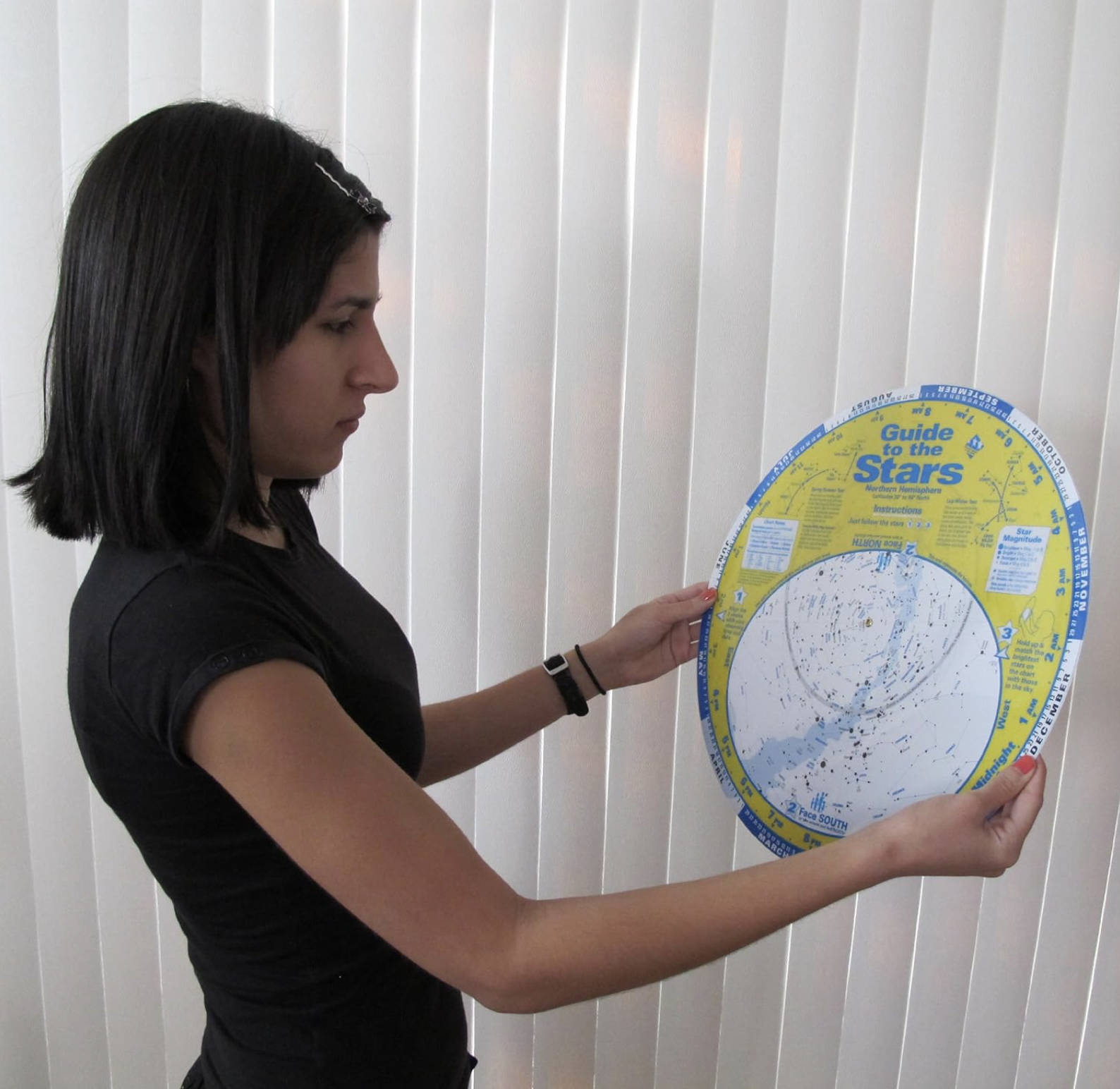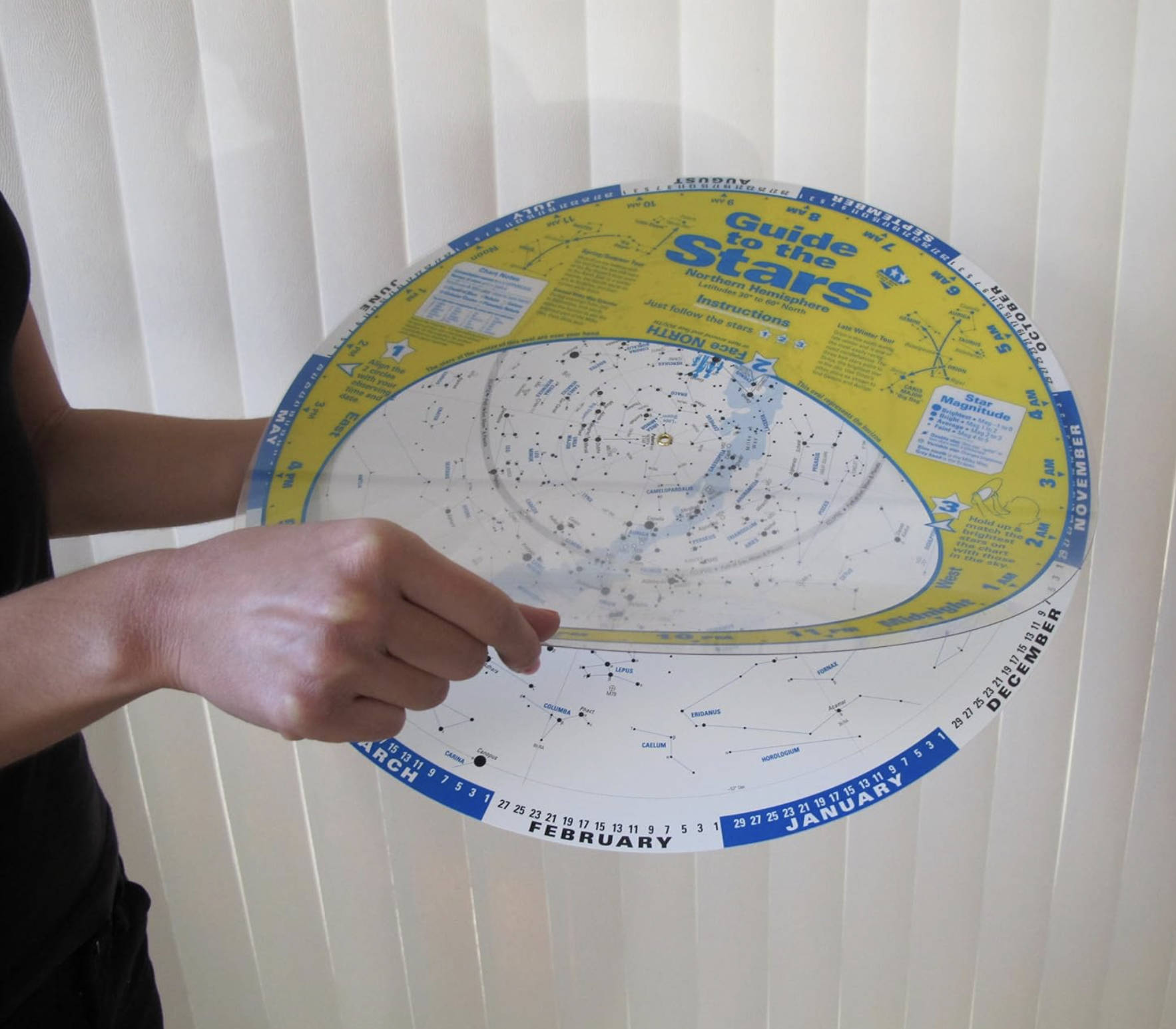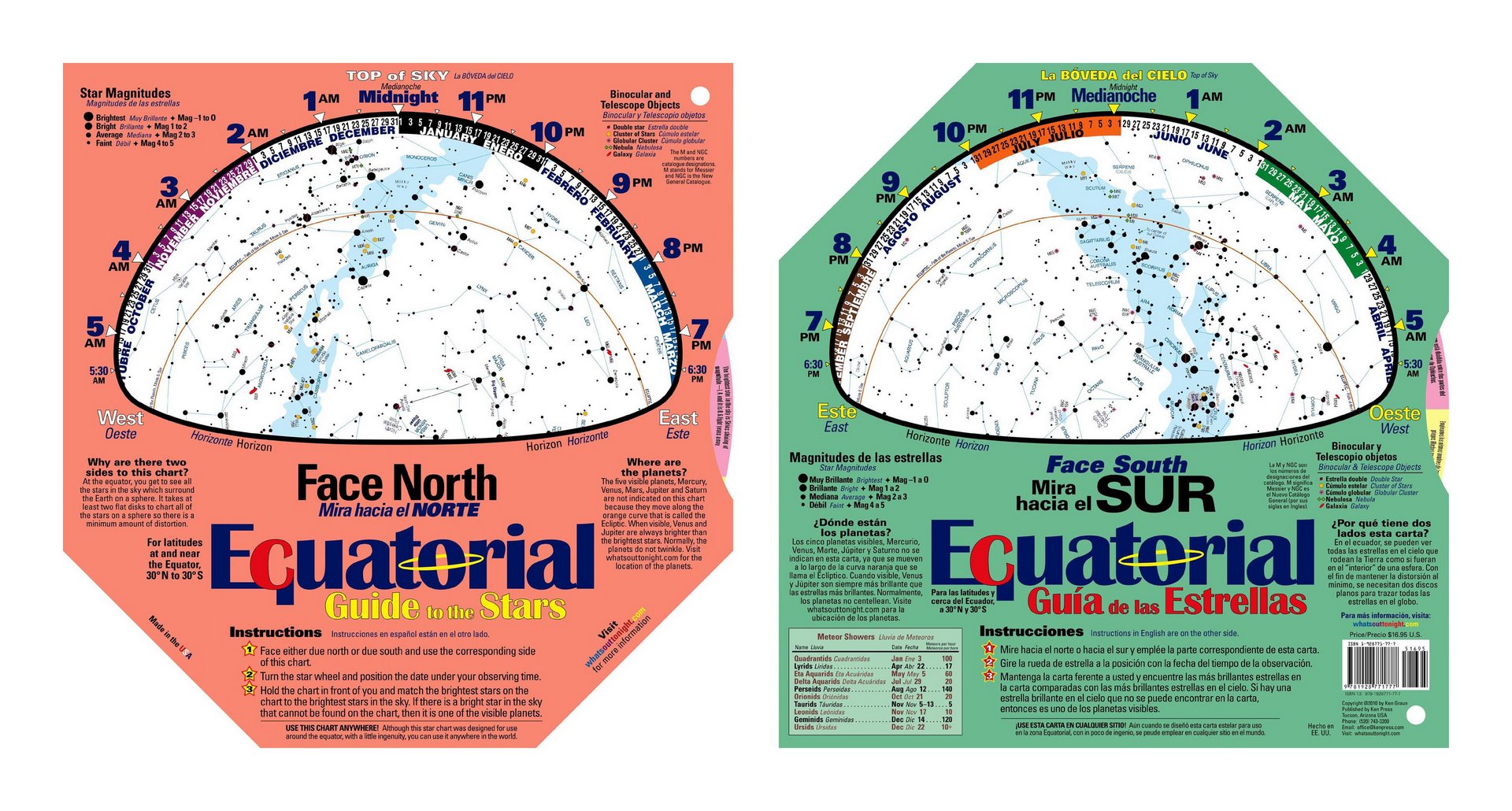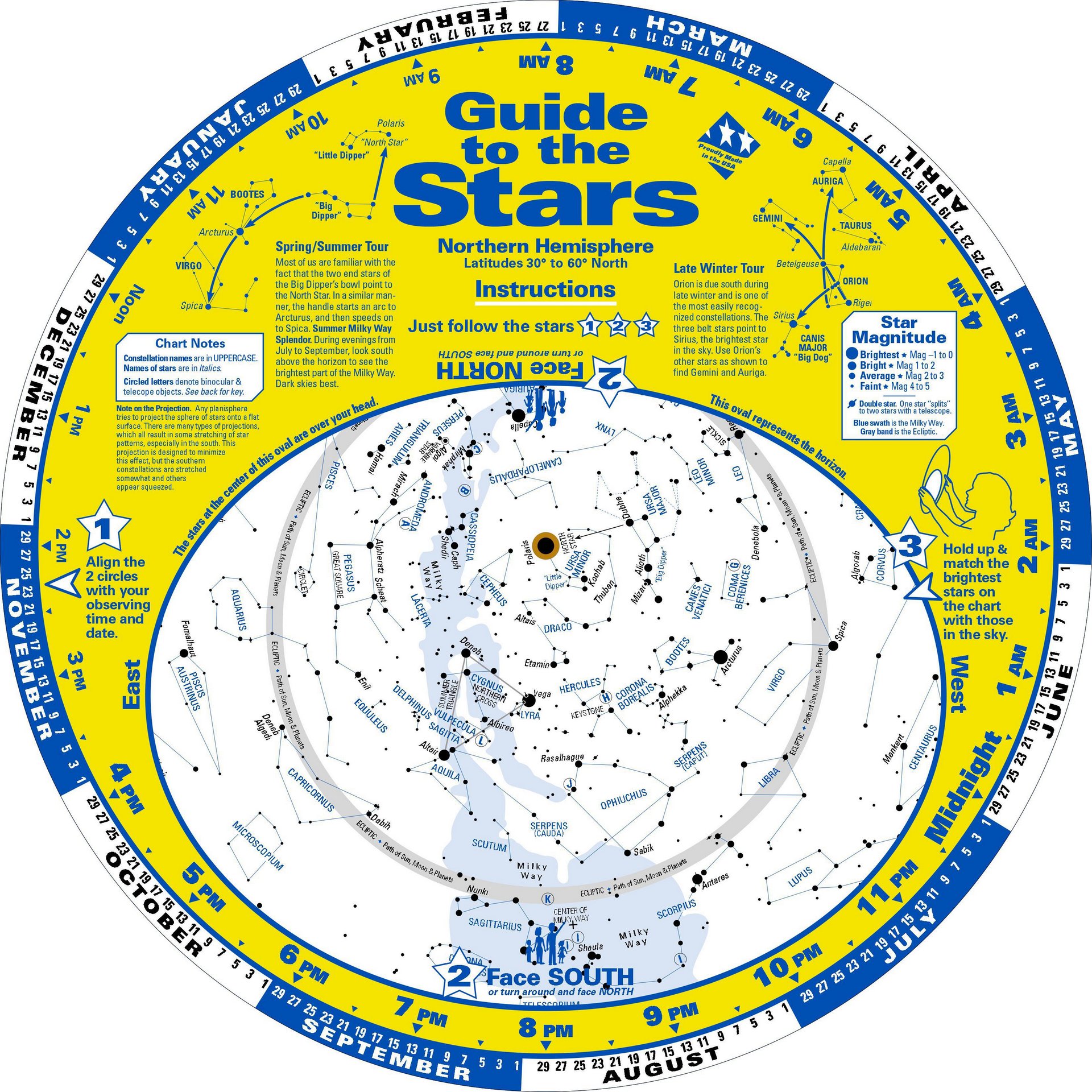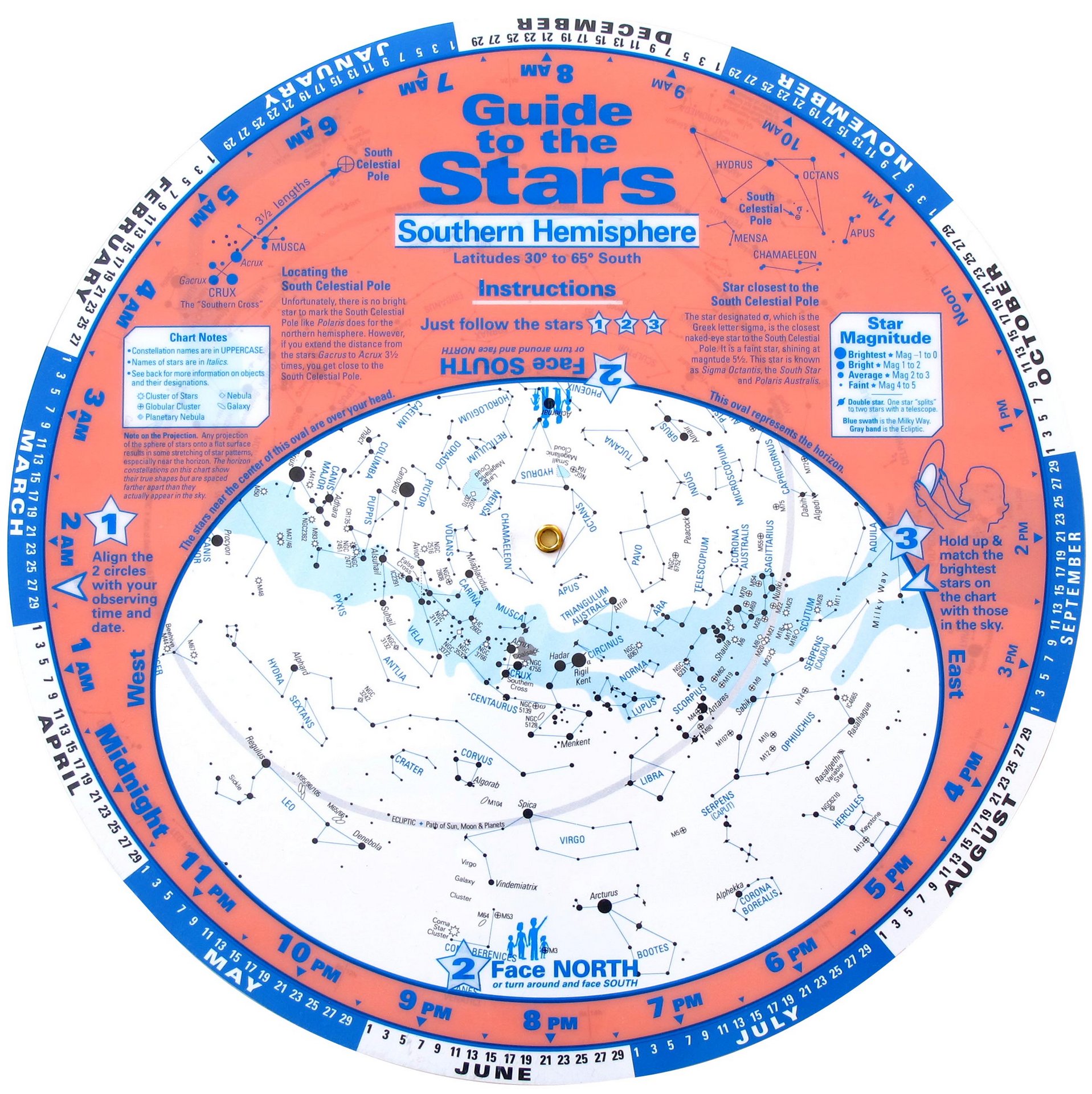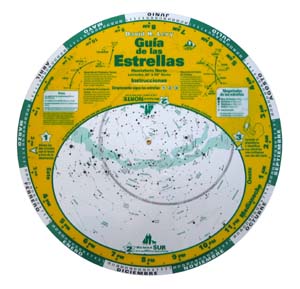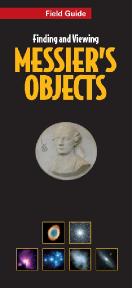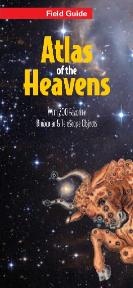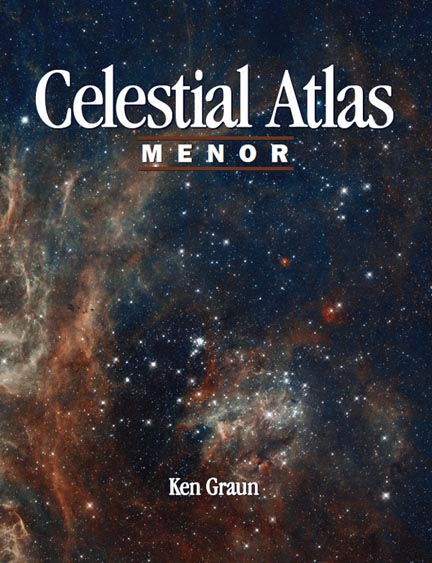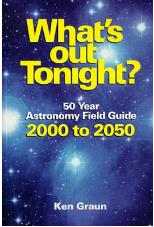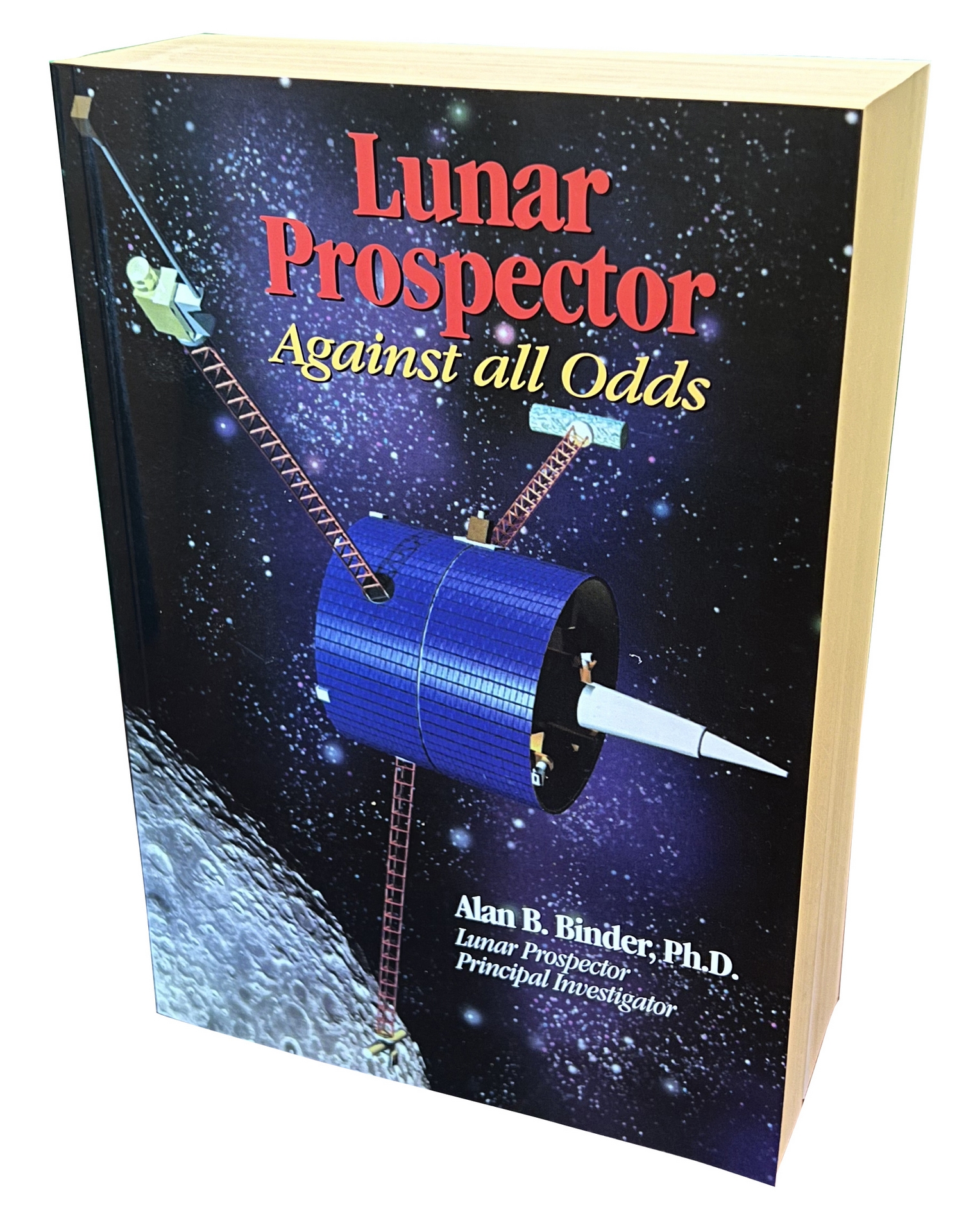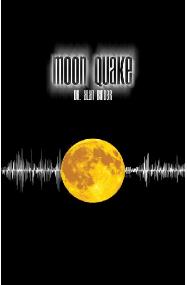Products
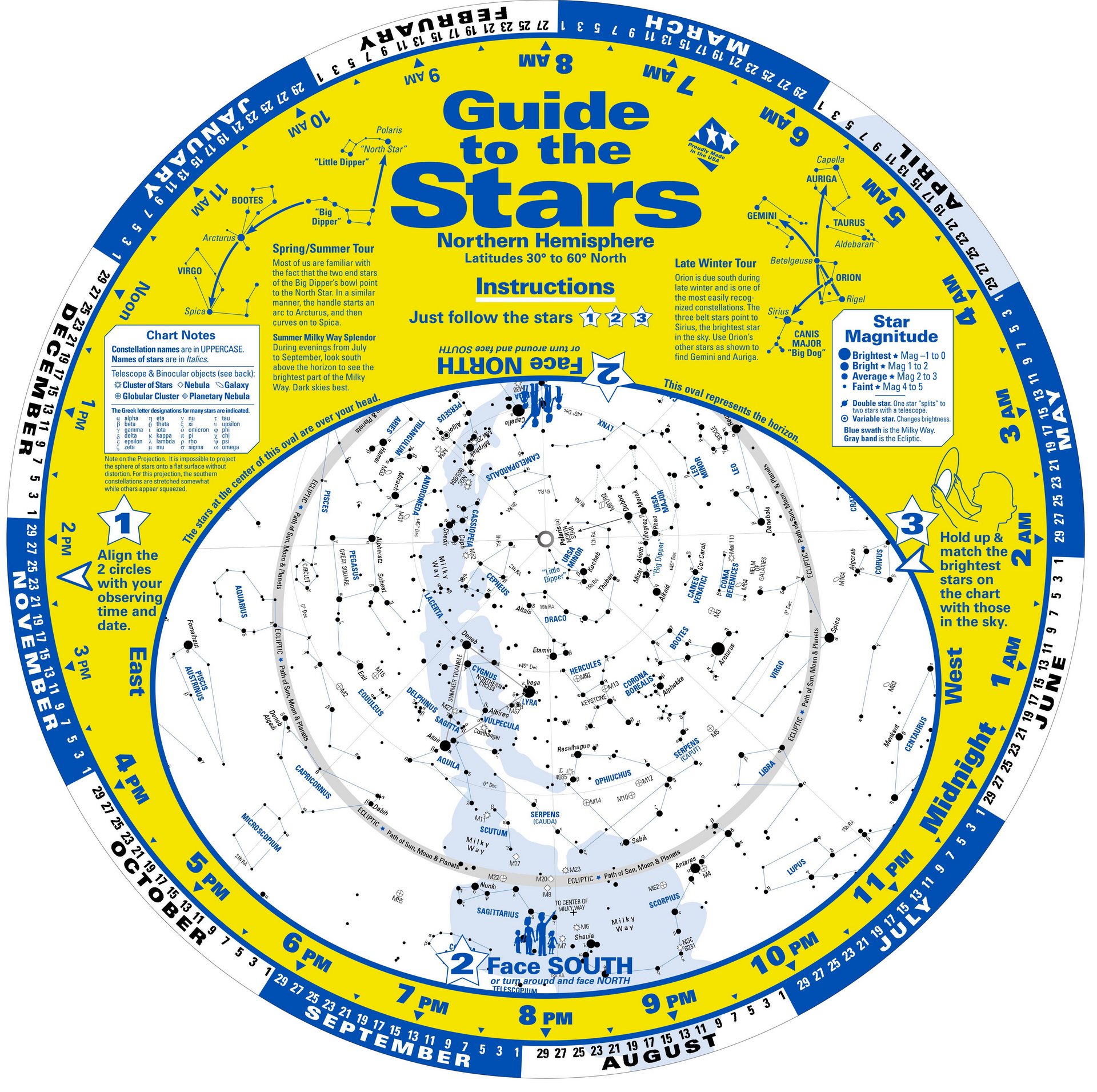
TO ORDER
Amazon
Most products can be ordered from Amazon (click on blue links below). Sometimes Amazon has sales on our products but we have no control over that.
Directly
You can order directly from Ken Press but we cannot offer free-type shipping like Amazon. If you would like to order from Ken Press, email me, Ken Graun, or Text me at (520) 743-3200 with your request and phone number and I will get back to you.
School Orders
Large Group Orders
Astronomy Club Orders
Ken Press can provide discounts for quantity or non-profit organizations. Please email me, Ken Graun or Text me at (520) 743-3200 for more information.
SCROLL DOWN FOR IMAGES


